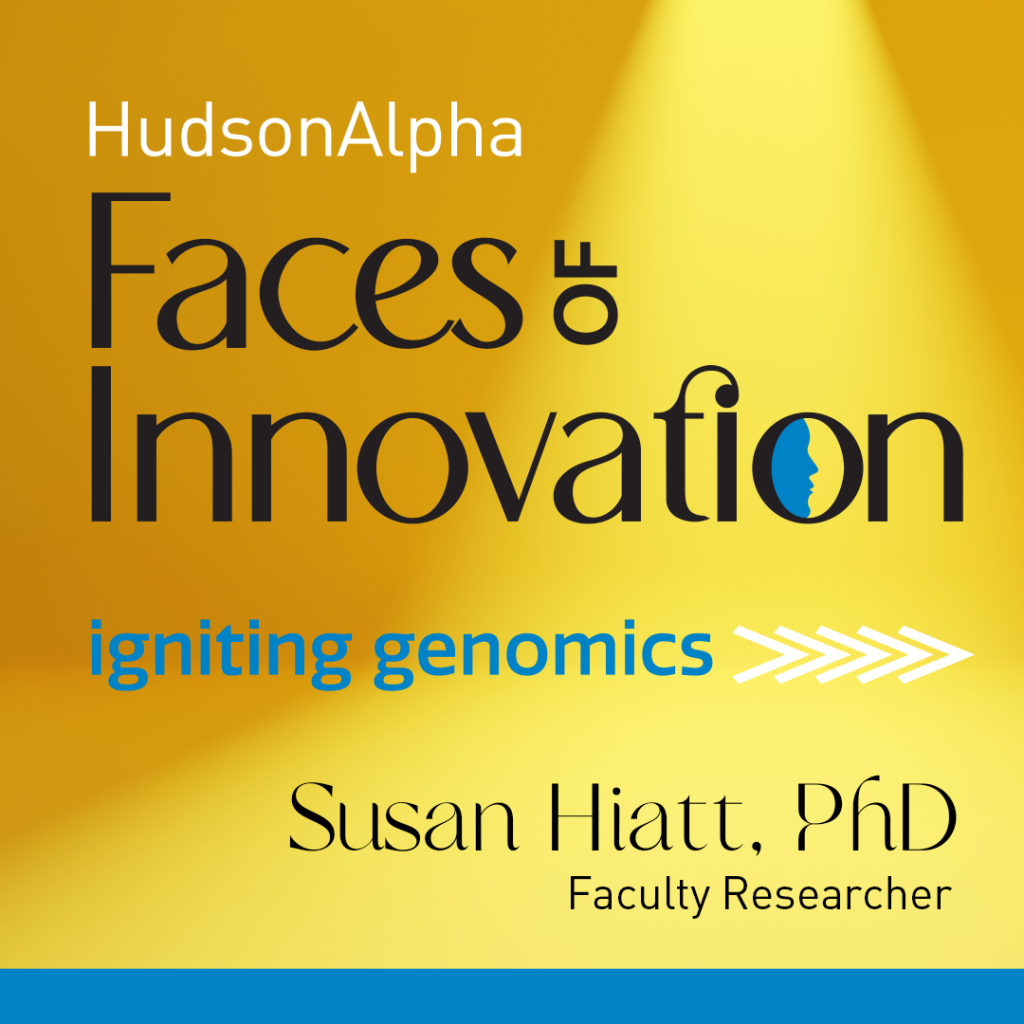Huntsville, Ala. – Scientists at the HudsonAlpha Institute for Biotechnology, along with collaborators at the University of Georgia & USDA Stoneville, have created a reference genome for Arachis hypogaea, the species of peanut that has become an important food crop over the last 9,400 years. Roughly 44-million tons of this peanut are produced annually.
The research was recently published in Nature Genetics. Not only does this published reference sequence make it easier to trace the history of the crop and breed peanuts for desirable traits, it also gives broader insight into the genetic structure of domesticated crops.
Evidence shows that around 9,400 years ago, people brought one kind of peanut into the territory of another. The two species combined to form A. hypogaea, which is unique in the genus as it includes the chromosomes of both of the parent species. Because it has more than two chromosomes, it is a polyploid, as opposed to most peanuts which only have two chromosomes and are called diploids. Understanding how A. hypogaea became the dominant peanut crop gives insight into the process of successful domestication.
“We didn’t just sequence A. hypogaea. We also sequenced the two species that created it,” said HudsonAlpha faculty investigator Jeremy Schmutz. “What we found is that A. hypogaea swaps pieces of code between the chromosomes of both of its ancestors. It creates more versatility and diversity for A. hypogaea.”
Researchers have long thought that domestications may favor polyploids. Understanding how the polyploid strain of peanuts beat out its diploid relatives to become the dominant domestic food crop gives insight into potential reasons for the disproportionate representation of polyploids as domesticated plants.
About HudsonAlpha: HudsonAlpha Institute for Biotechnology is a nonprofit institute dedicated to developing and applying scientific advances to health, agriculture, learning, and commercialization. Opened in 2008, HudsonAlpha’s vision is to leverage the synergy between discovery, education, medicine, and economic development in genomic sciences to improve the human condition around the globe. The HudsonAlpha biotechnology campus consists of 152 acres nestled within Cummings Research Park, the nation’s second largest research park. The state-of-the-art facilities co-locate nonprofit scientific researchers with entrepreneurs and educators. HudsonAlpha has become a national and international leader in genetics and genomics research and biotech education and includes more than 30 diverse biotech companies on campus. To learn more about HudsonAlpha, visit hudsonalpha.org.
Media Contact:
Margetta Thomas
mthomas@hudsonalpha.org
256-327-0425

